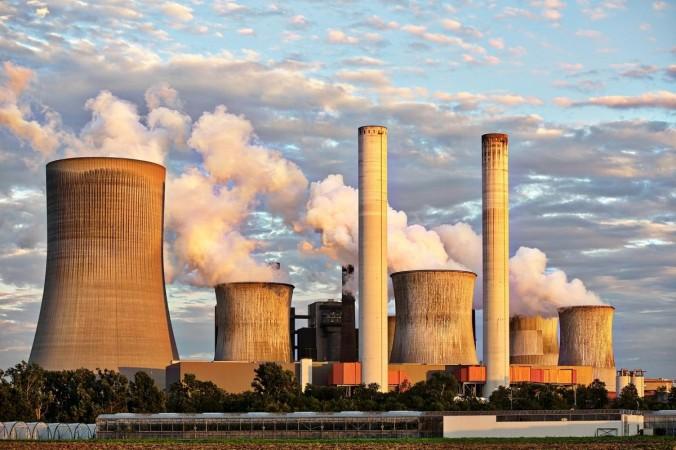After more than 15 hours of the incident, Karnataka Power Corporation Limited (KPCL) said on late Friday evening that 15 of its staff working at its 370 MW gas power plant here were injured in a "freak fire accident".
According to a note released by the KPCL, the condition of two of the injured persons is stated to be critical. The injured are being treated at different hospitals.
"No casualties reported so far in this incidence. There was no blast or something closer to it. It was a 'freak fire accident' that occurred during the pre-commissioning and synchronisation process," the statement read.
The note added that on the surface it is suspected that oil leakage from a bearing might have caused fire and the flame came from the chamber, resulting in the incident.
"The root cause is being analysed to find out the exact reason behind the incident in the Combined Cycle Gas Power Plant in Yelahanka, which is under construction and commissioning phase. The construction is being done by the Bharat Heavy Electricals Limited (BHEL)," the statement added.
Speaking to IANS earlier, Karnataka state Fire and Emergency Services Director K. Shiva Kumar had said that the blast occurred in the KPCL's Combined Cycle Power Plant in Yelahanka at around 3 a.m. on Friday while engineers were carrying out tests in a gas turbine chamber.
"The plant was supposed to commence its operations in December. All day, they had tested. But when they were testing, variations in pressure were observed. This incident occurred when KPCL engineers were conducting several checks to test the turbine," he explained.

According to Kumar, soon after the incident took place, the KPCL had already stationed two fire tenders, and also sought the help of the Rail Wheel Factory, which has a foam tender there.
Before the fire services reached the spot, they were taking precautionary steps to extinguish the fire, he added.
District fire officer Kishore told IANS that they received a call from the plant at 3.30 a.m., and fire fighters were rushed to the spot.
"Four fire tenders, two water pumps and one foam tender were rushed to the spot, along with senior officials, including the Director. The Rail Wheel Factory had immediately rushed one foam tender from its side, but we did not use it," he said.
Kishore said that the department used the foam tender to extinguish fire. "This was a medium range fire incident... had it not been controlled in time, it had the potential to cause major loss," he said.
A highly-placed source, who was present at the scene, said that there was a snag in the functioning of the turbine due to high pressure, which resulted in the heat blast.
"The chamber is fully automatic. Chances of a fire accident are minimal in this chamber. The turbine functions on three important materials - natural gas that is used to heat and convert water into steam. The converted steam helps to rotate turbines to produce electricity. Lastly, oil pumps used as coolant as turbines produce high temperature heat.
"During one of such experiments, due to high pressure, the oil supply pipe opened up and due to heat and presence of natural gas, it produced highly combustible heat flame which caused the blast, injuring 15 engineers who were working there," the source said.
The source further added that since the entire chamber is automatic, there is need to know how it failed.
"The entire turbine chamber is automatic. And it is self-efficient to extinguish any fire on its own, as the moment fire and heat sensors send signals, CO2 (carbon dioxide) gas is pumped automatically to put out the fire," he said.
Local residents said that they heard a loud blast-like sound and saw fire tenders and several ambulances lining up in front of their flats, creating panic.
(With inputs from IANS)

















